2025 Kia PV5 Cargo: Everything You Need To Know
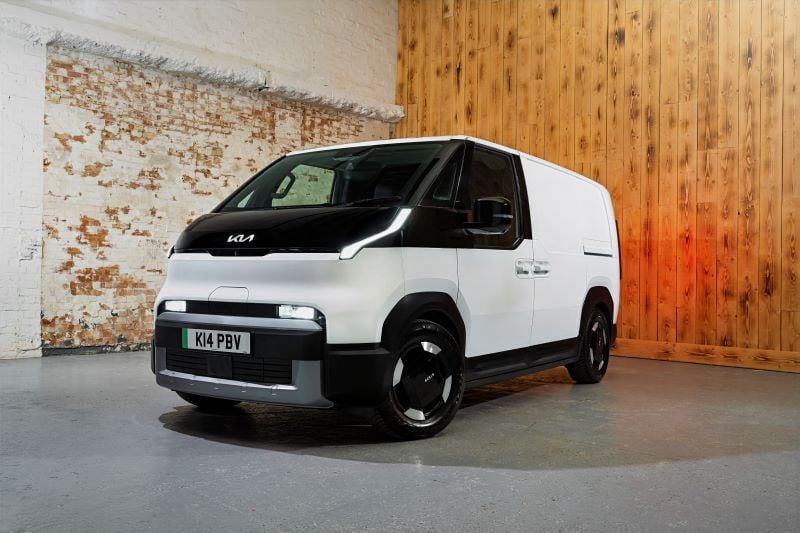
In case you haven’t heard, the electric revolution isn’t just coming, it’s in full swing – and there is hope in many quarters that new entries like the Kia PV5 Cargo will act as the catalyst for major change in the commercial vehicle industry.
Indeed, you don’t have to go far to pick up on chatter about EVs in the motoring world. With deadlines for the ban of petrol/diesel fuelled vehicles looming and governments laying down ever tougher mandates to encourage people to switch to electric, there is a big push to get car and van drivers to go electric.
It’s an objective that has drawn mixed results, particularly in the commercial vehicle industry where just 8 per cent of all vans sold are electric.
The picture is certainly rosier in the car industry where manufacturers like Tesla, Volkswagen and Kia are leading the change with its widely acclaimed EV models.
It’s a challenge Korean manufacturer Kia is now tasking itself with replicating in the commercial sector as it prepares to launch the first wave of new models aimed at enticing businesses into its fold by using its expertise in the EV arena.
The result is the Kia PV5 Cargo – but is it the van to lead the ‘charge’ to a greener electric future?
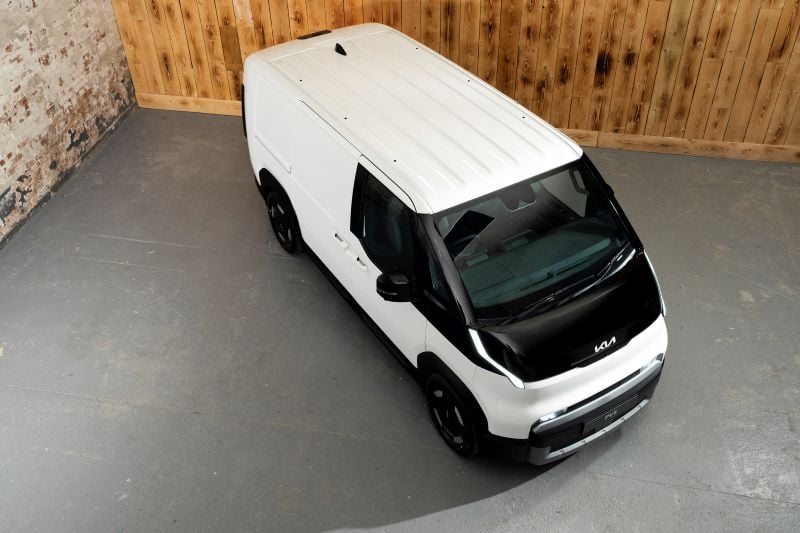
Has Kia Sold Vans in the UK Before?
No, this is entirely new territory for Kia and it shouldn’t be underestimated just how significant its entry is.
In a market that thrives on brand loyalty and the peace of mind that comes with knowing a Ford, Vauxhall or Peugeot et al. will get the job done, any new entry into the commercial sector is important.
The fact that one of the world’s largest and best-known motoring brands is throwing its hat into the ring is unprecedented.
Once a fringe budget brand in the UK, Kia has evolved from selling cheap ‘white-goods’ cars into an innovative, eye-catching and hugely popular mainstream marque. The Kia Sportage, for example, is now consistently one of the UK’s best-selling models.
Its electric models – such as the EV3, EV6 and EV9 – have also gained significant traction, so it stands to reason that Kia has similarly high hopes for the PV5 Cargo.
The commercial version of the PV5 Passenger – a rival to the Ford Tourneo Custom – the PV5 Cargo represents the first model to be developed on Kia’s new PBV platform. It won’t be the last though with the PV5 set to spawn an H2 version, not to mention Crew Van and Chassis Cab options.
There will then be a PV7 to take on the Ford Transit, plus a last-mile delivery focused PV1 in the next year or two.
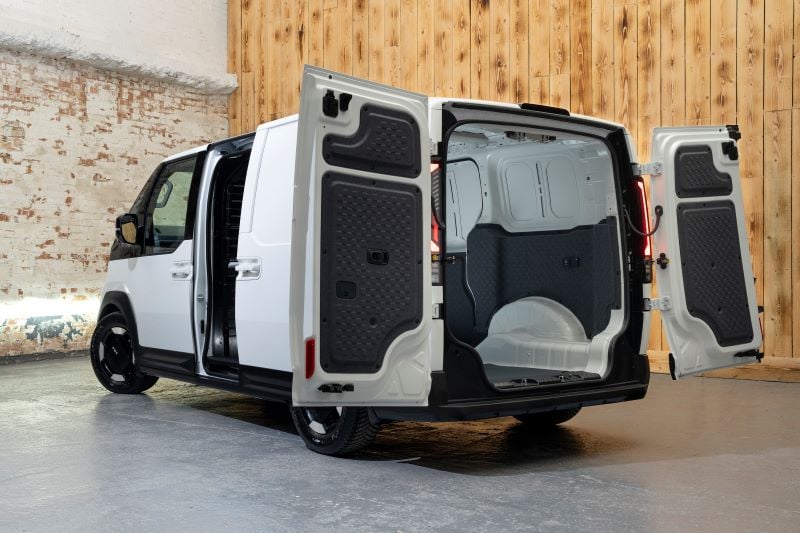
2025 Kia PV5 Cargo: Dimensions, Loads & Body Styles
| Kia PV5 Cargo Dimensions | 51.5kWh | 71.2kWh |
| Length | 4695mm | 4695mm |
| Height | 1923mm | 1923mm |
| Wheelbase | 2995mm | 2995mm |
| Load Length | 2255mm | 2255mm |
| Load Width | 1565mm | 1565mm |
| Load Height | 1520mm | 1520mm |
| Load Volume | 4.4 cu m | 4.4 cu m |
| Max Payload | 790kg | 690kg |
| Braked Towing Capacity | 450kg | 750kg |
| Gross Vehicle Weight | 2650kg | 2650kg |
Given the ubiquitousness of vans on our roads and the role they play in transporting goods and powering businesses, it is understandable there is a strong motivation to swap out filthier diesel models in favour of cleaner electric.
However, electric also demands several compromises versus diesel equivalents in terms of weight and size due to batteries generally being heavier and harder to package in a body that is intended to maximise cargo space.
It means the current crop of vans converted from diesel to electric – like Ford E-Transit and Vauxhall Vivaro Electric – can’t quite match their equivalent ICE-equipped siblings in some key areas.
It’s an issue Kia is hoping to solve with the PV5, which has been developed from scratch as an electric model. As such, it has taken a clean sheet of paper in an attempt to integrate the electric powertrain without hampering key dimensions.
At launch the Kia PV5 will be offered in a standard L2/H1 format, though L1/H1 and L2/H2 versions will come online soon. There will also be a Crew Van at launch, plus a Chassis Cab variant.
At 4695mm, the PV5 gives away some length to its rivals – most notably the Ford Transit at 5050mm – though much of this size is sacrificed at the front where the battery-packaging allows for a short overhang without eating into cargo space. This is reflected in a 2995mm wheelbase that isn’t far off the Ford.
The PV5 does lose some load length to its main rivals at 2255mm, which converts into a cargo bay of 4.4 cubic metres. This is, however, comfortably larger than the PV5’s most natural rival, the Volkswagen ID.Buzz Cargo's 3.9 cubic metres.
A modest gross vehicle weight of 2650kg puts the PV5 closer in range to models like the Vauxhall Combo than the Vauxhall Vivaro, despite its size, with the payload of 690kg for the Long Range version a reflection of this.
Indeed, where the PV5 Cargo loses ground to models in the Medium Van class it makes up for being competitive in the Small Van class. It’s physical size places it between these two segments, making it attractive to those who may only use the PV5 Cargo for inter-city dealings.
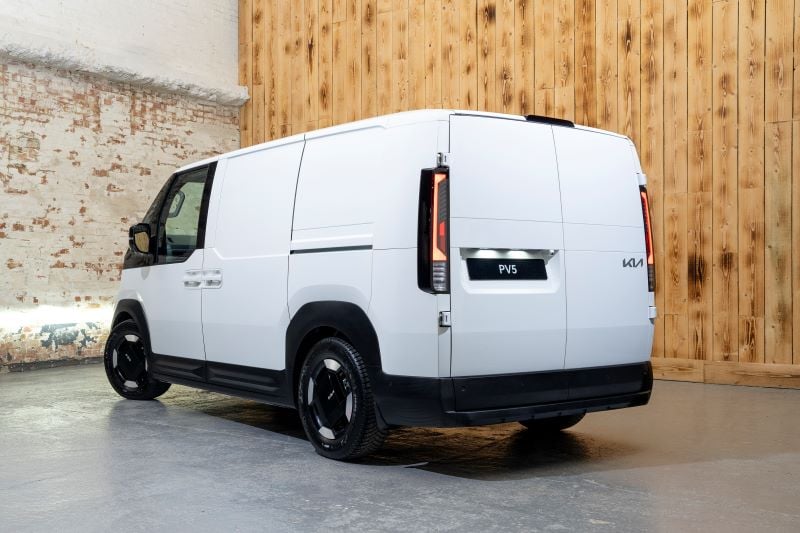
2025 Kia PV5: Engine, Performance & Powertrains
| Kia PV5 Cargo Technical Specs | 51.5kWh | 71.2kWh |
| Powertrain | Electric | Electric |
| Battery Capacity | 51.5kWh | 71.2kWh |
| Transmission | Auto | Auto |
| Max Power | 120bhp | 161bhp |
| Max Torque | 250Nm | 250Nm |
| Max Speed | 84mph | 84mph |
| 0-62mph | 16.3secs | 12.5secs |
| Range [WLTP Combined] | 184 miles | 258 miles |
| CO2 [WLTP] | 0g/km | 0g/km |
| Recharge (150kW/10-80%) | <30mins | <30mins |
Two different battery capacities will be available at the launch of the Kia PV5 Cargo – a ‘Standard Range’ 51.5kWh battery and a ‘Long Range’ 71.2kWh version.
The Standard Range model is targeted at those making ‘last mile’ deliveries that rarely breach city limits and need good manoeuvrability without sacrificing load space. The smaller battery means a smaller range though, which is capped at 184 miles, though even this would place it as competitive in both the Medium and Small Van categories.
The Long Range PV5 Cargo, meanwhile, is intended for longer distance jaunts and subsequently returns an impressive 258 miles. Only the Volkswagen ID.Buzz Cargo with its larger 79kWh battery posts better figures (277 miles), with the PV5 Cargo capable of going a full 52 miles further than an Ford E-Transit Custom.
It is also more powerful than the likes of the E-Transit and Vivaro Electric, while recharging with a 150kW fast charger means a 10-80% recharge can be completed in less than 30 minutes.
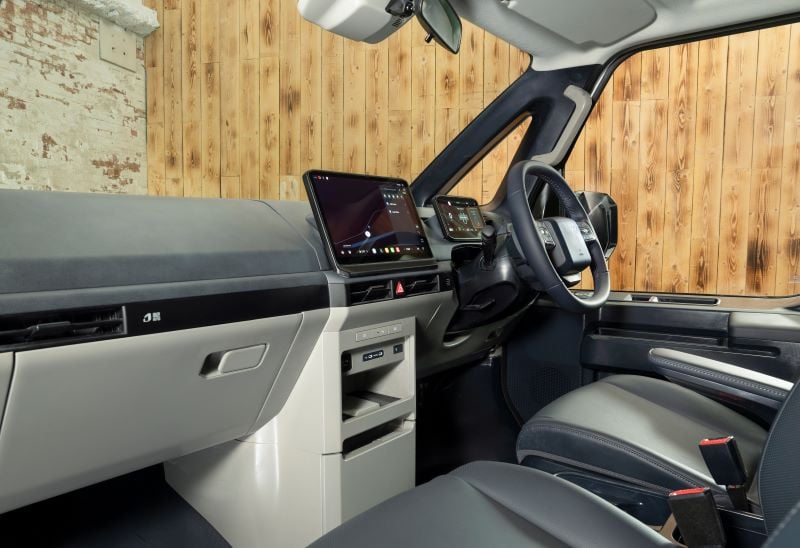
2025 Kia PV5: Specification, Features & Safety
Two trims levels – Essential and Plus - will be offered at launch and both will be made available with each battery size.
Standard equipment on the Kia PV5 Cargo Essential models includes:
- LED headlights
- Electric and heated door mirrors
- Rain sensor wipers
- Electric windows
- Air-conditioning
- Stop/Start smart entry system
- Single sliding door (dual sliding doors optional)
- Seat undertrays
- 12.9-inch touchscreen navigation
- Wireless Apple CarPlay/Android Auto
- Bluetooth with voice recognition
- 7.5-inch driver display
- Over-the-air update functionality
- Front and rear-parking sensors
- Reversing camera
- Forward collision avoidance assist
- Highway driving assist
- Lane keep assist
- Regenerative braking paddle shifter
- Driver/Passenger/Side/Thorax/Pelvis airbags
The Kia PV5 Cargo Plus trim adds:
- Electric folding mirrors
- Heated front seats
- Heated steering wheel
- Vehicle-to-load (V2L) capability
- Wireless phone charger
- Rear cross traffic collision avoidance
- Blind-spot collision avoidance assist
- Safe exit warning
- Heat pump (optional)
The Kia PV5 Cargo will come with one of the most comprehensive warranty packages in its class with the manufacturer’s standard 7-year/100,000-mile warranty being applied, plus an 8-year warranty for the battery.
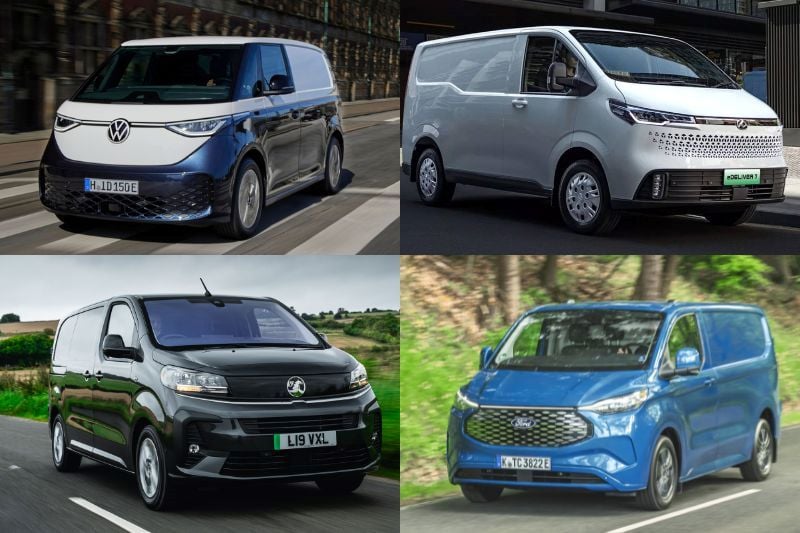
How Does The Kia PV5 Cargo Compare To Its Rivals?
| Kia PV5 Cargo 71kWh | VW ID.Buzz Cargo 79kWh | Maxus eDeliver 7 77kWh | Vauxhall Vivaro Electric Pro | Ford E-Transit Trend | |
| Powertrain | Electric | Electric | Electric | Electric | Electric |
| Battery Capacity | 71.2kWh | 79kWh | 77kWh | 75kWh | 64kWh |
| Max Power | 161bhp | 282bhp | 202bhp | 134bhp | 134bhp |
| Max Torque | 250Nm | 550Nm | 330Nm | 270Nm | 415Nm |
| Range [WLTP Combined] | 258 miles | 277 miles | 200 miles | 230 miles | 206 miles |
| CO2 | 0g/km | 0g/km | 0g/km | 0g/km | 0g/km |
| Recharge* | 10-80% - 30mins | 10-80% - 30mins | 20-80% - 43mins | 5-80% - 45mins | 10-80% - 39mins |
| Length | 4695mm | 4712mm | 4998mm | 4981mm | 5050mm |
| Height | 1923mm | 1937mm | 1990mm | 1904mm | 1959mm |
| Wheelbase | 2995mm | 2989mm | 3000mm | 3275mm | 3100mm |
| Load Length | 2255mm | 2208mm | 2547mm | 2512mm | 2602mm |
| Load Volume | 4.4 cu m | 3.9 cu m | 5.9 cu m | 5.3 cu m | 5.8 cu m |
| Max Payload | 690kg | 707kg | 1200kg | 1001kg | 1012kg |
| Towing Capacity | 750kg | 1200kg | 1500kg | 1000kg | 2300kg |
| Gross Vehicle Weight | 2650kg | 3150kg | 3500kg | 3053kg | 3225kg |
*time based on use of a DC fast charger
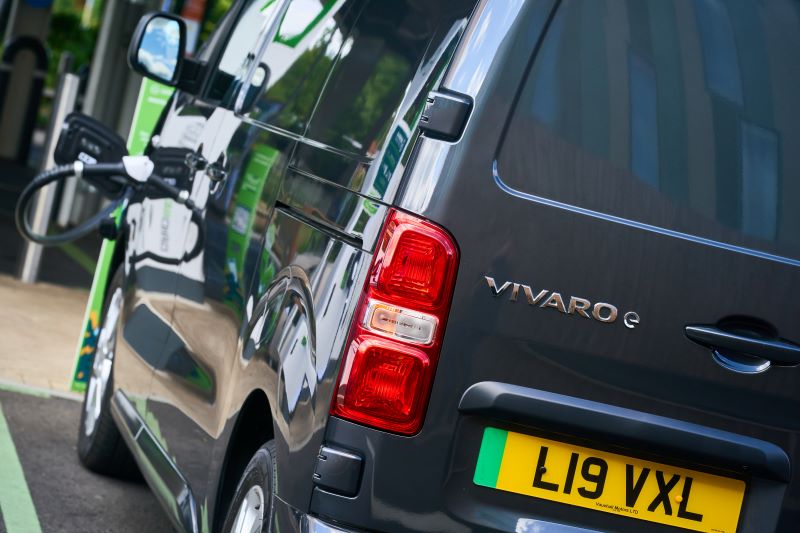
Lease An Electric Van With Vansdirect
Leasing a new electric van with Vansdirect has never been easier and better value.
Get the right electric van at the right deal, right now with the best electric van leasing deals available across a wide range of models, including the Maxus eDeliver 7, Volkswagen ID.Buzz Cargo and Vauxhall Vivaro Electric.
Speak to our expert team today and you could be driving a new electric van for less than you think, sooner than you thought.

















